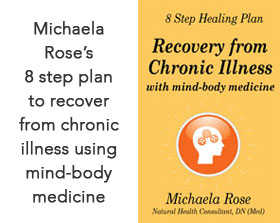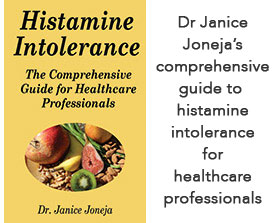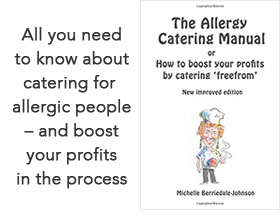... for children ...
Researchers at the Medical Research Institute of New Zealand analysed data from a study in which parents or guardians of more than 200,000 children aged six to seven from 31 countries completed written questionnaires about asthma symptoms, conjunctivitis and eczema, and several possible risk factors, including the use of paracetamol during the child's early life.
The team found that paracetamol use for fever in the first year of life was associated with a 46% increased risk of asthma symptoms in children aged six to seven, compared with no use. The regular use of paracetamol at medium or high doses in the previous 12 months was also associated with an increased risk of asthma, compared with no use, at the same age.
Paracetamol use in the first year of life was also associated with a 48% increased risk of rhinoconjunctivitis and a 35% increased risk of eczema at six to seven. As with asthma, regular paracetamol use at medium or high doses in the previous 12 months was also associated with an increased risk of these conditions.
Study leader Professor Richard Beasley said: 'We stress that the findings do not constitute a reason to stop using paracetamol in childhood. However they do lend support to the current guidelines of the World Health Organisation that paracetamol should be reserved for children with a high fever (38.5C or above) and not used regularly for young children.'
Read more
... and for adults
Adults who take paracetamol weekly were nearly three times more likely to have asthma than those taking paracetamol less often, according to a study organised by GA²LEN, the Global Allergy and Asthma European Network comparing 500 adults with asthma and 500 controls. Use of other painkillers was not significantly related to asthma.
This may be because paracetamol reduces levels of glutathione in the lungs. Glutathione is an antioxidant needed to defend the airways against damage from air pollution and tobacco smoke.
Since 2000, several publications have reported this association in the UK and the USA and have also shown that asthma prevalence is higher in children and adults in countries with higher paracetamol sales. Researchers are anxious to establish whether the association is really a causal one and suggest that a clinical trial may be the only way to do so.
Read more
First published in November 2008
Click here for more research reports
Top of page |










